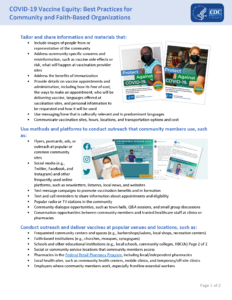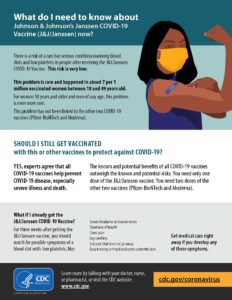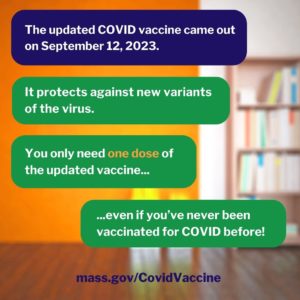
General Information
As tribal citizens, we believe in the principle of respect for, and responsibility to, our ancestors–whose struggles made it possible for us to sustain our bonds as a tribal community and maintain our relationship to our original homelands. We continue the work of our ancestors by creating opportunities for tribal members, and especially our youth, to be involved in educational initiatives centered on the preservation of our cultural heritage and ancestral language, and stewardship of our tribal homeland.
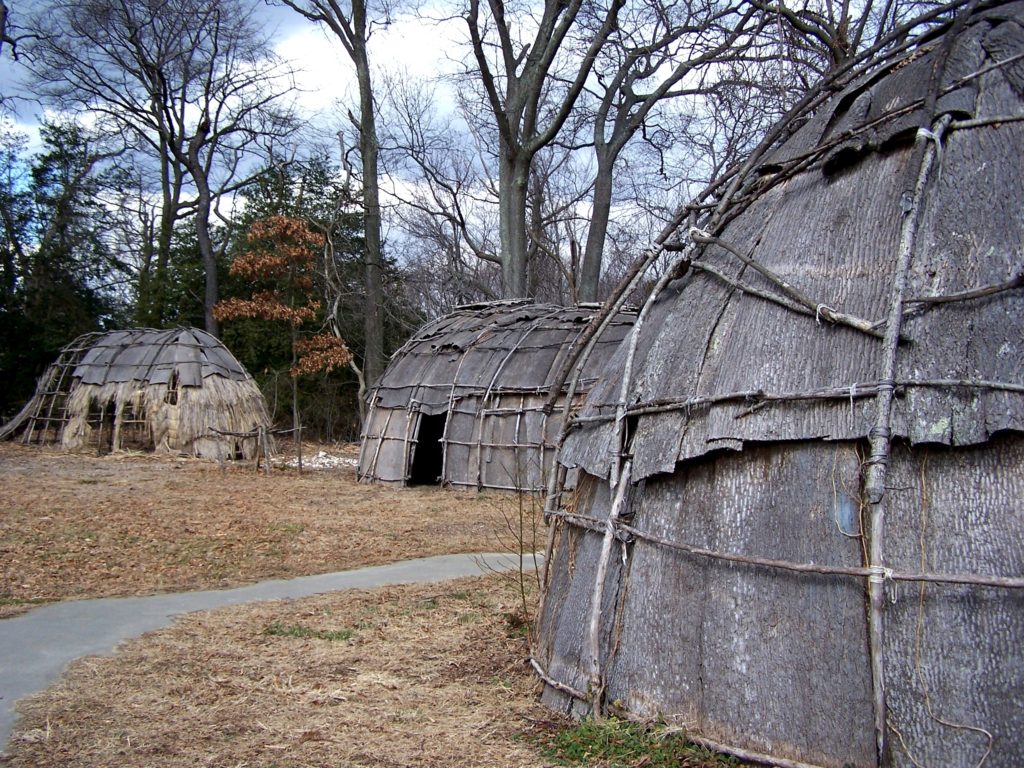



NAVIGATION
Covid-19
COVID-19 Overview
Indigenous communities and communities of color have been disproportionately affected by COVID-19. Massachusetts Department of Public Health continues to respond to COVID-19 and keep our residents updated, informed, and safe. Here you will find updates on case counts, testing, vaccination, guidance, and resources regarding our public health response to COVID-19 in the Commonwealth.
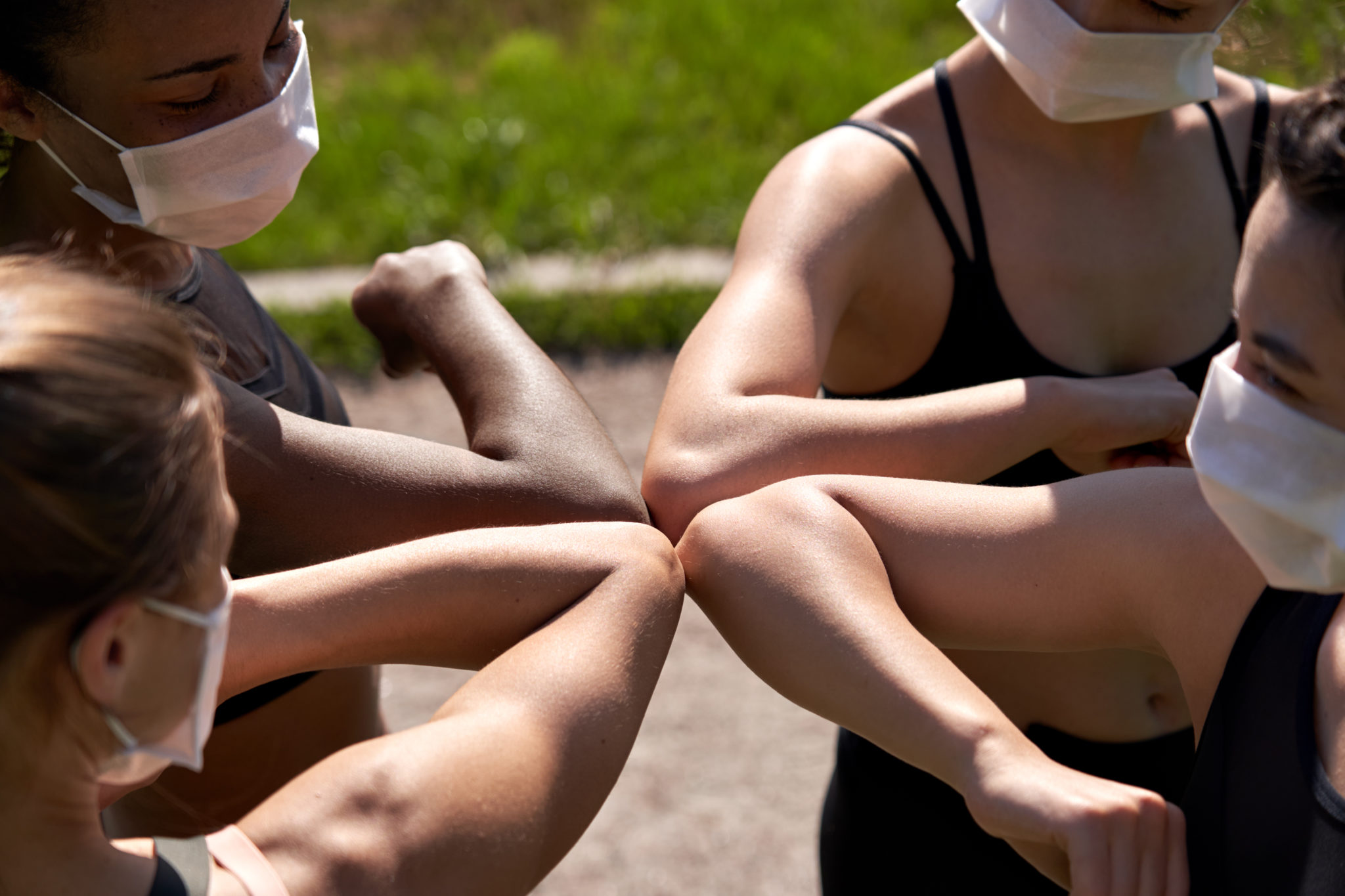
Vaccines
Articles
Recovery Support

Overview
Source: [National American Indian & Alaskan Native Network ATCC]
Articles
Mental Health
Overview
For American Indians and Alaska Natives, multiple factors influence health outcomes, including historical trauma and a range of social, policy, and economic conditions such as poverty, under-employment, lack of access to health care, lower educational attainment, housing problems, and violence.
These disparities have consequences. Suicide is the second leading cause of death among American Indian and Alaska Native youth ages 8 to 24. Also, while there is general awareness that Native Americans experience higher rates of alcohol and substance use, the scope of these behavioral health problems is not fully understood.
Native communities face service delivery issues that are complicated by personnel shortages, limited health care resources, and distances to obtain services. There also are other issues that inhibit access to appropriate behavioral health services such as referrals from school, detention, court, housing, primary care, child welfare, and other systems.
Source: [SAMHSA Substance Abuse and Mental Health Administration]
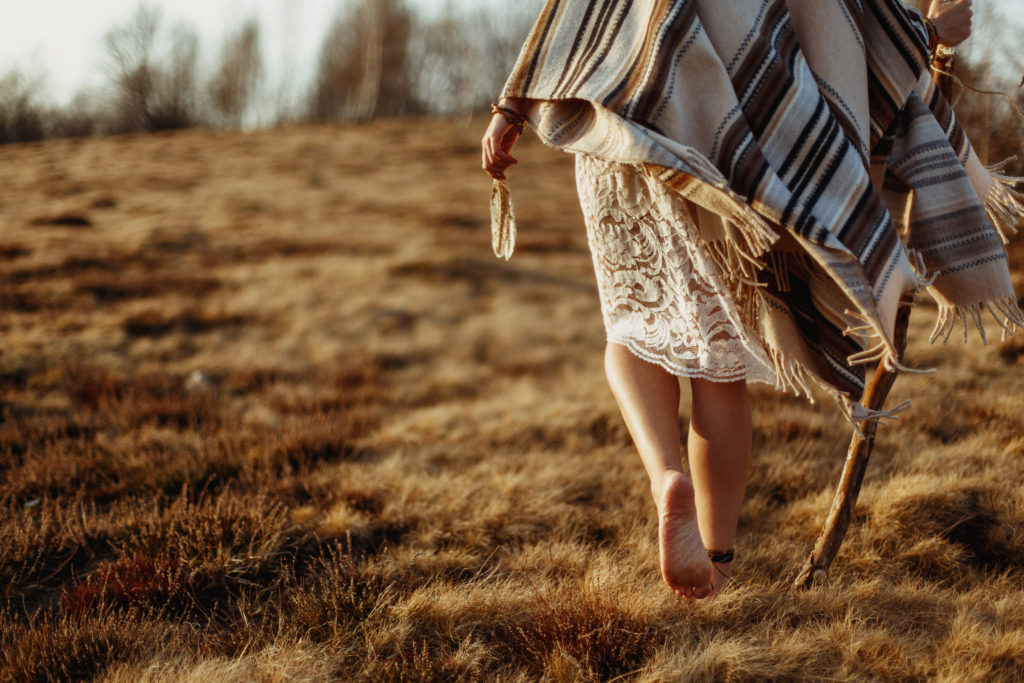
Articles
Tribal Youth
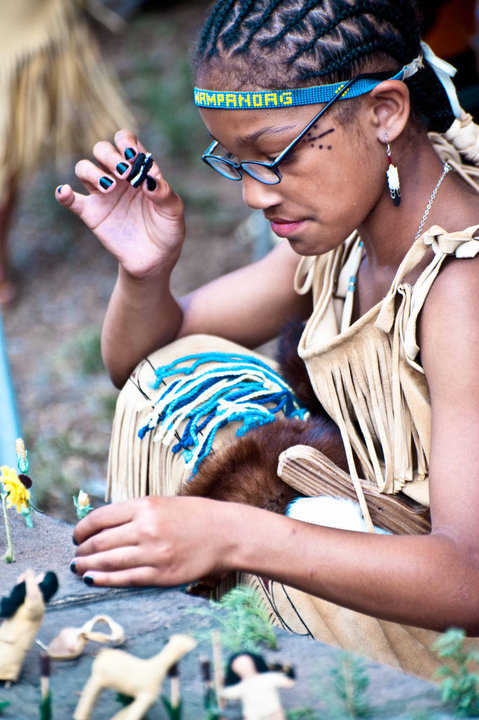
Overview
The National Congress of American Indians holds in high regard the accomplishments, potential, and impact of Native Youth. As an important part of tribal communities, tribal leaders have, for time immemorial, strived to ensure that youth have the tools and resources to positively impact their communities. In addition to implementing a number of year-round, ongoing programs, NCAI strives to support events which bring youth together on a National scale and celebrate youth achievements
Source: [NCAI National Congress on American Indians]
Articles
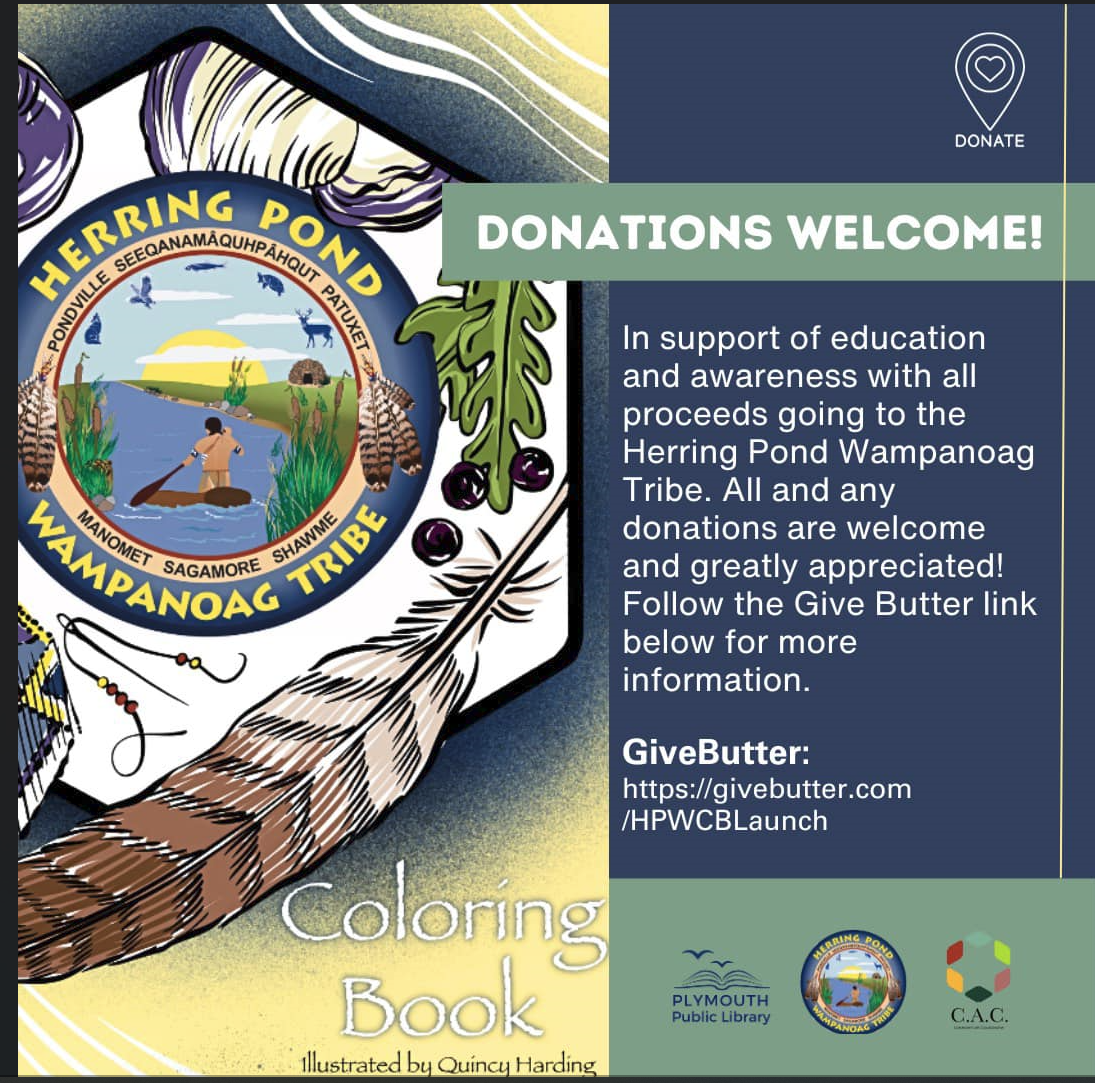
Community Art Collaborative, the Plymouth Public Library, and the Herring Pond Wampanoag Tribe created a coloring book and resource guide to help educate all children about the important story and heritage of this indigenous tribe.
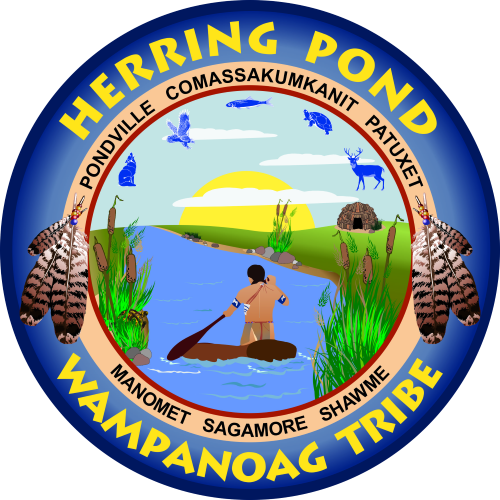
Members ONLY: Welcome to the Herring Pond Wampanoag Library!
COVID-19 Vaccines for Children and Teens
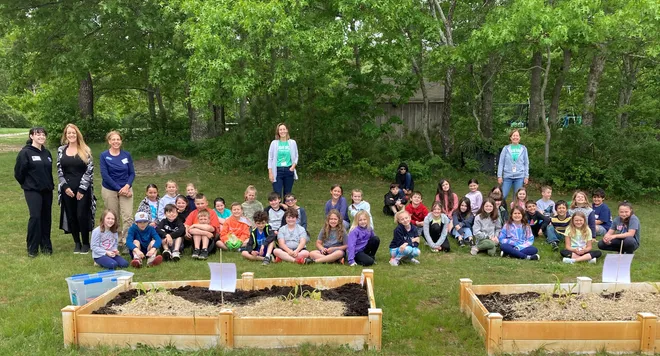
Indian Brook Elementary students in Plymouth dig into learning, plant vegetable gardens
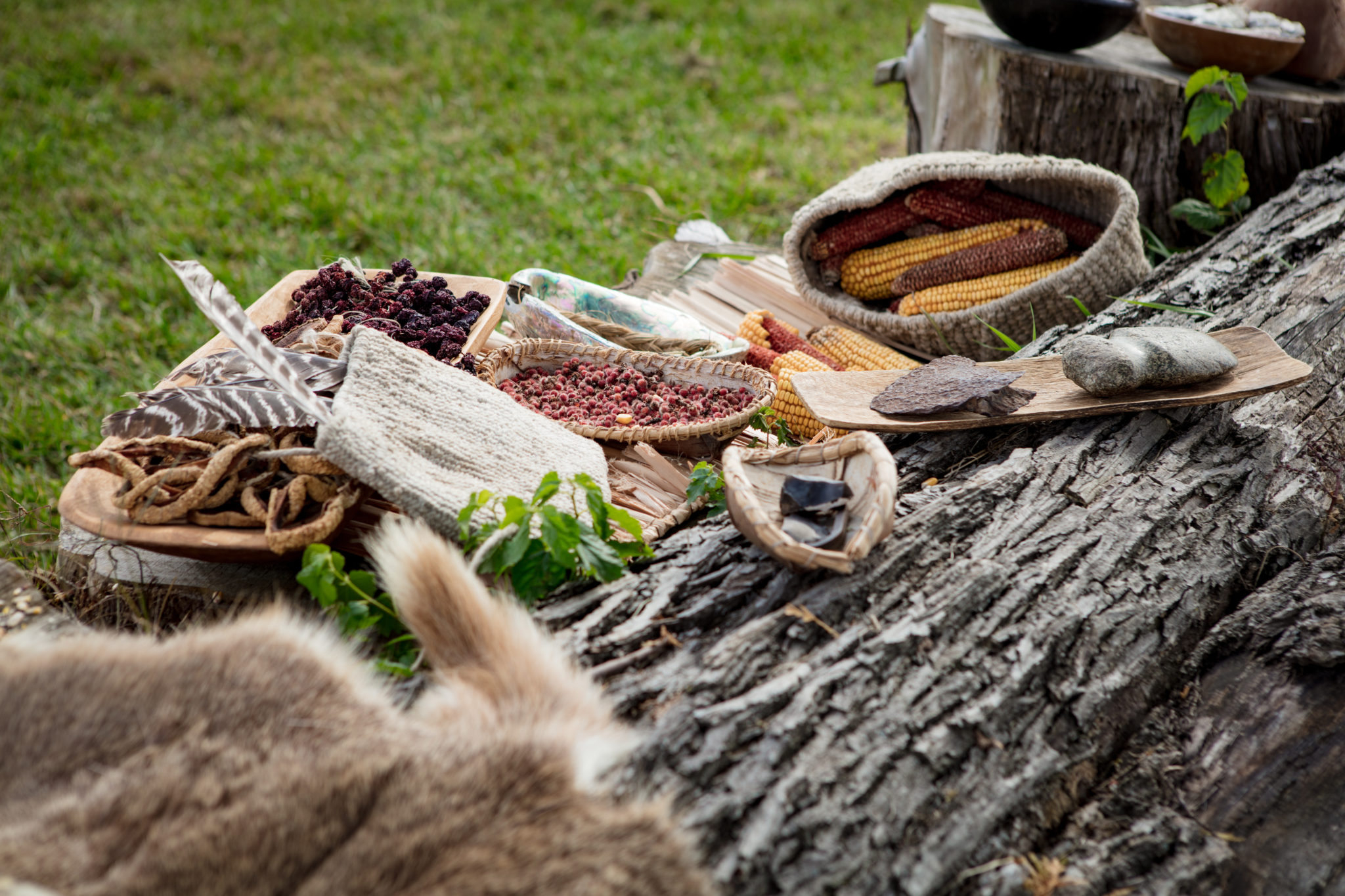
NAICOB Peer Recovery Support Centers

The BabySteps Savings Plan (BabySteps) is a program that jumpstarts families into saving for future college and/or vocational costs
Veterans
Overview
Natives Veterans are highly regarded within tribal communities for their dedication and commitment to serving in the Armed Services throughout America’s history and up to the present day. American Indian and Alaska Native people serve in the US Armed Services at a higher rate than any other group. According to the 2010 Census, it is estimated that over 150,000 veterans identified as American Indian and Alaska Native alone. The US Department of Defense estimates there are currently over 24,000 active duty Native service members in the US Armed Forces.
Source: [NCAI National Congress on American Indians]
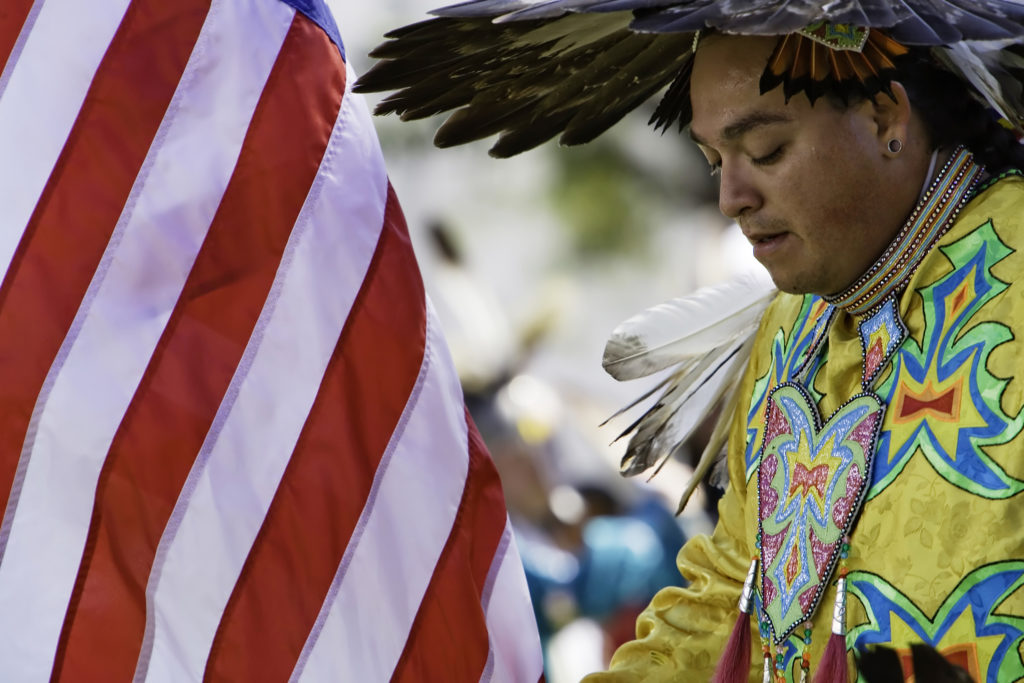
Articles
Elders
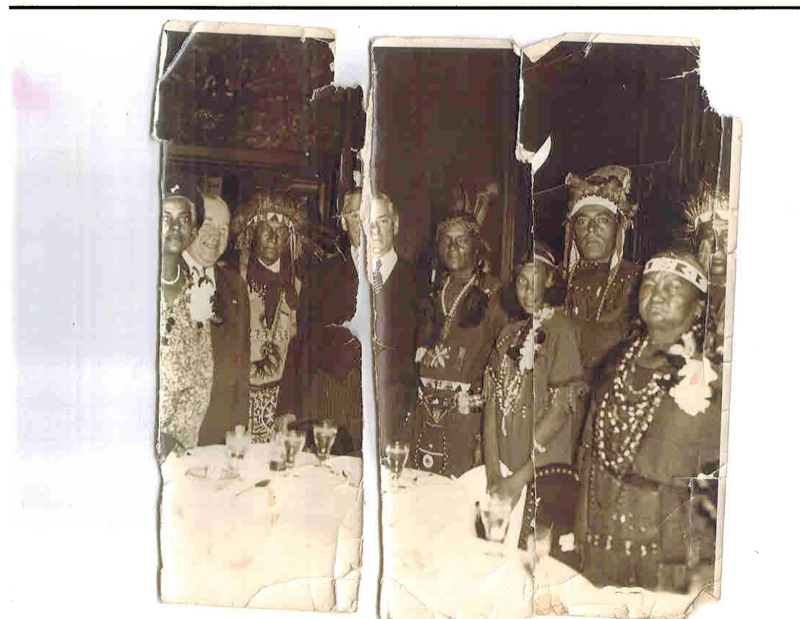
Overview
The Older Americans Act of 1965 (OAA) established a national network of federal, state, tribal and local agencies to plan and provide services that help elders to live independently in their homes and communities. This interconnected structure of agencies is known as the Aging Network.
Individuals 60 years of age and older are eligible for services under the OAA, and priority attention is given to those who are in greatest need. The OAA, as amended, created the primary vehicle for organizing, coordinating and providing community-based services and opportunities for older Americans and their families.
The goal of the Aging Network is to develop plans to meet the needs of elders at a national, state and local level to ensure they receive the care they need to remain securely in their homes and communities. Agencies within the Aging Network are tasked with implementing plans to ensure that elders can age with dignity and independence.
Source: [Aging Network]
Articles
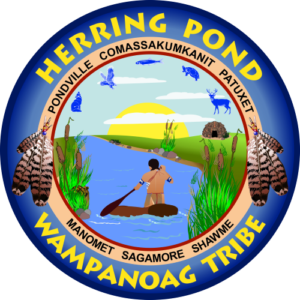
Governor Healey Signs Executive Order Granting State Recognition to Herring Pond Wampanoag Tribe
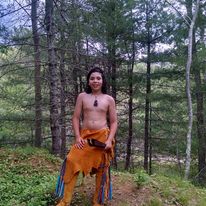
Human Rights Awards Breakfast honors Wampanoag culture and history


